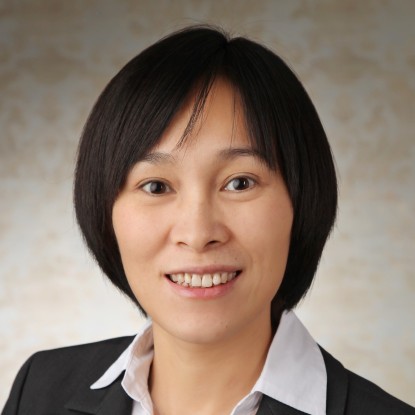MPIE 2021
Online Seminar Talk: Multiphysics phase-field modeling and simulation of advanced materials and processing
2021/03/05
March 05, 2021, Online Seminar
Invited talk by Bai-Xiang Xu
Material properties are related to the underlying microstructure which depends further on processing mostly in multiphysics scenarios. Particularly for the most advanced processing technique like additive manufacturing the process-microstructure relation goes beyond the current understanding, due to the extreme thermal conditions. Also, for the technology enabler like Lithium-ion batteries their fast capacity loss has been shown to be more than just an electrochemical issue but essentially related to chemo-mechanics degradation. To reveal such multiphysics mechanisms and to accelerate interdisciplinary design of new materials, it is essential to develop coupled theoretical models and effective simulation tools.
The phase-field approach, consistent with the energy variational method, manifests itself as a successful and general tool to serve this purpose. It applies order parameters to represent microstructure in a general sense and can simultaneously include thermodynamic quantities like temperature (or internal energy) and mechanical fields. The evolution equations of the order parameters and the conjugated quantities of the state variables can be obtained from the variational derivative of a thermodynamic potential functional. Thanks to the merits including generality of the theoretical framework, straightforward numerical implementation and flexible coupling of multi-physics, phase-field models have been extensively developed for the study of microstructure evolution during processing and performance stage.
In the talk I present two case studies, if time allows. One is non-isothermal phase-field modeling and finite element simulations of microstructure evolution (grain structure and pore) during powder bed fusion additive manufacturing. I will outline shortly the model development and the numerical strategies to reduce the computation cost, followed by selective sintering and melting simulation results on stainless steel 316L to reveal the influences of beam power and scan speed on the microstructure features, such as porosity, surface morphology and residual stress. The other case study is electrochemo-mechanical phase-field modeling and finite element simulations of phase separation and mechanical deformation and damage in Li-ion electrode materials during (de)-lithiation.
For more information please visit the MPIE website.



